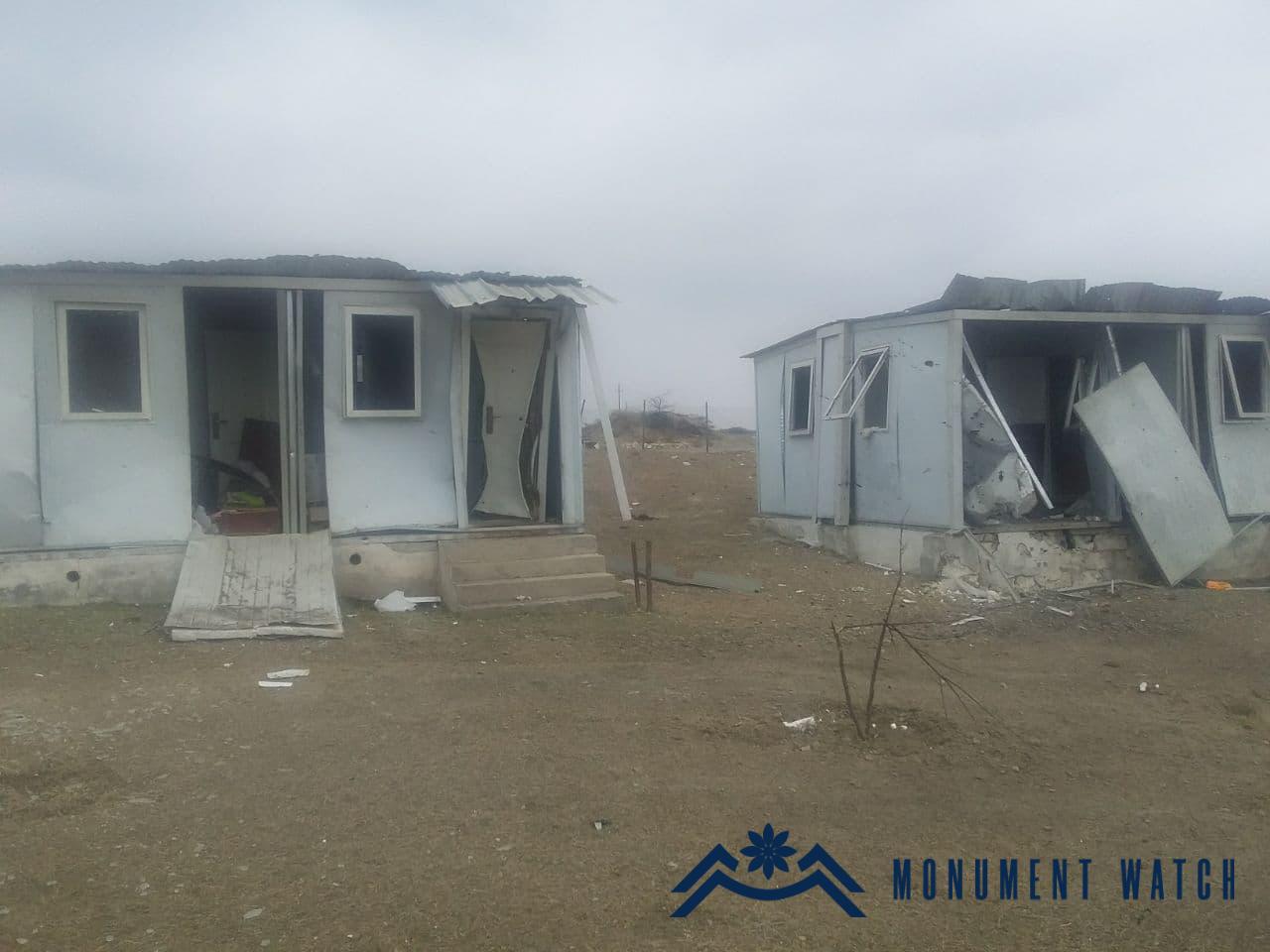In response to Azerbaijan’s latest accusations
At the plenary session of the 214th session of the UNESCO Executive Board held on April 5, 2022, the representative of the delegation of the Republic of Azerbaijan made a number of accusations against the Republic of Armenia during her speech.
In particular, the Azerbaijani delegate noted that in 2020, 160 valuable carpets have been removed from the Shushi Carpet Museum to Yerevan, 71 of which are now exhibited in Yerevan. A totally baseless accusation was made that the Armenian side had been pursuing a state policy of destroying the Azerbaijani cultural heritage both in the "Azerbaijani occupied territories" and in the territory of Armenia for many years.
The Azerbaijani representative also mentioned that the Armenian armed forces illegally took “the crosses, manuscripts, famous frescoes, bells of the 13th century Khudaveng (the Armenian monastery Dadivank is called Khudaveng by Azerbaijani side, which is a modified version of the alternative name of the monastery - Khutavank), as well as valuable finds from Azokh Cave and Shahbulag Fortress. At the end of his speech, the delegate noted that Azerbaijan would be engaged in the preservation and restoration of all cultural and religious monuments in Karabakh, regardless of their ownership.
Our response
During the hostilities of 2020, the city of Shushi was subjected to intense shelling, therefore, during the war, it was decided to evacuate the collection of the carpet museum to a safe place. The Shushi Carpet Museum was created on the basis of a private collection, so the Republic of Azerbaijan has nothing to do with the museum, especially with the Armenian carpets exhibited in the museum.
Let us remind the delegate, speaking about the protection of the cultural heritage of Karabakh, that the Ghazanchetsots church was shelled twice on October 8 during the war, and after the occupation of Shushi, judging by the photos posted by Azerbaijani soldiers on social networks, it became clear that most of Kanach Zham church was blown up. Azerbaijan is trying to present these two churches, which are being "restored" now, as Russian Orthodox, and sometimes even Udi, falsifying all the facts, reconstructing and distorting buildings (Azerbaijanis destroyed the dome and bell tower of the Kanach Zham church, or Presentation of the Kanach Zham as Russian Orthodox Church and illegal rites performed there – Monument watch).
We would also remind the representative of the delegation, worried about the fate of the museums of the city of Shushi, that the geological museum of Shushi was also subjected to shelling and destruction (Destruction of the State Geological Museum of Shushi – Monument Watch).
At the same time, the entire collection of the Museum of Fine Arts of Shushi disappeared (Destruction of the “Park of Sculptures” of the State Museum of Fine Arts in Shushi – Monument Watch)
In connection with the military operation in 2020, the Tigranakert Museum was in serious danger: the monument was shelled, and the base of the archaeological expedition, located 200 meters away from the museum, was completely destroyed. There was no guarantee that the museum would not suffer the same fate (Tigranakert and the Fortress of Panah Ali Khan – Monument Watch)
The same happened to the museums of Togh, and Hadrut. Even the historical quarter of Hadrut was destroyed (Destruction of the historical quarter of Hadrut by armed Azerbaijanis – Monument Watch).
The exhibits of the museums of Shushi, the collections of the archaeological base of Azokh cave, etc., have disappeared. Azerbaijan itself is responsible for the destruction of the museums and archaeological sites of Artsakh and the appropriation of values. Azerbaijan is responsible for the destruction of thousands of Armenian monuments on its territory, one of the glaring examples of which is the destruction of thousands of khachkars in Jugha in 2005-2006.
Let us remind the Azerbaijani side that the unrecognized status of Artsakh does not deprive its indigenous people of the right to culture, including the right to study this heritage, which has always been carried out within the framework of the law established by the government of Artsakh. The cultural heritage located on the territory of Artsakh is the property of the people of Artsakh, the issues of its protection are not in the competence of Baku, but of Stepanakert. And if a lasting peace is established, the temporarily evacuated values will be returned to Artsakh.
In the photo: the archaeological base of Tigranakert of Artsakh after the Azerbaijani shelling.
